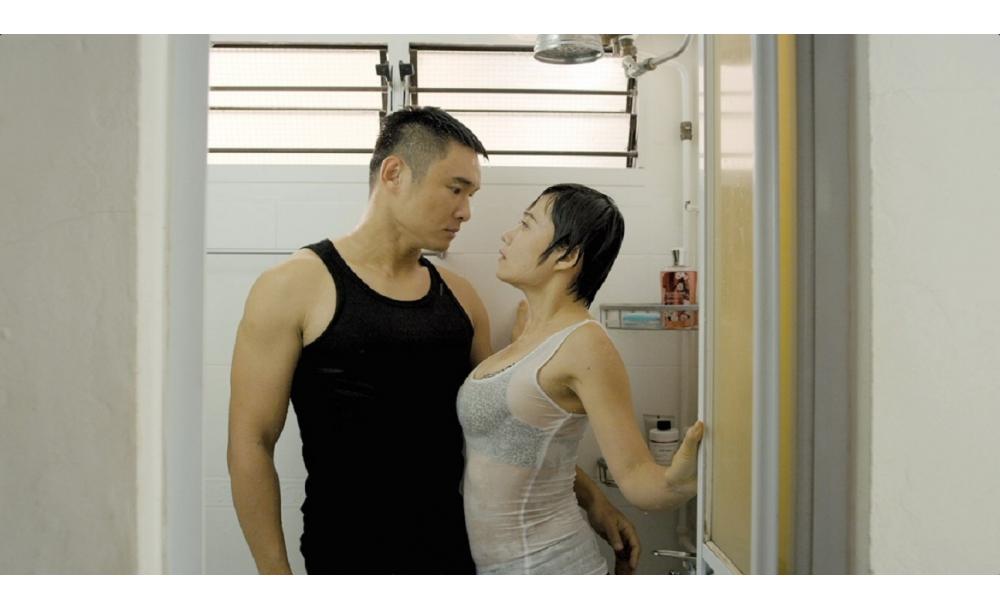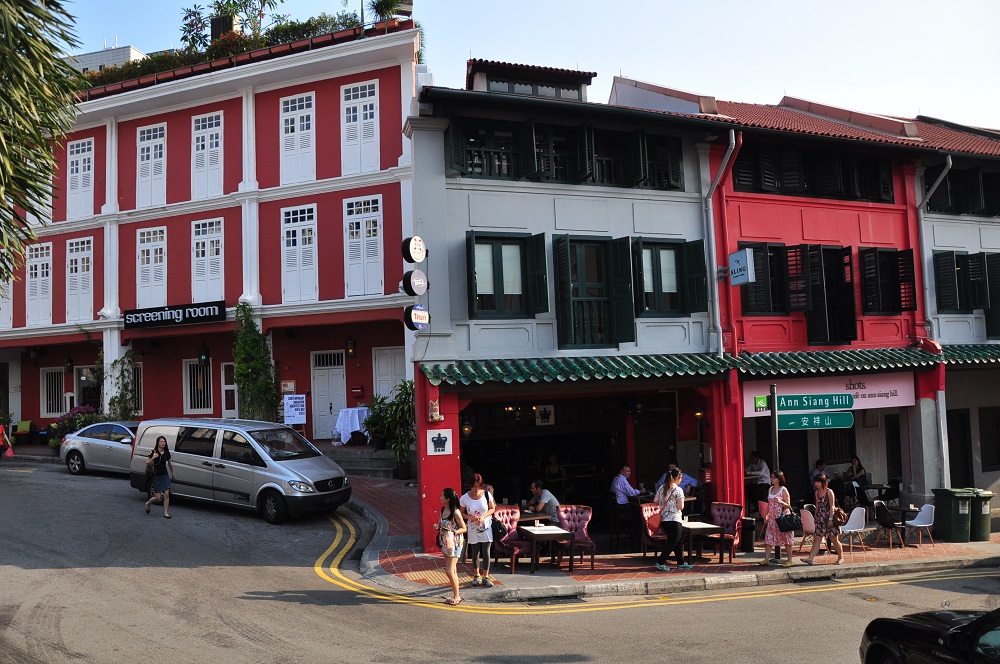Sungei Road’s Thieves Market is slated for closure to make room for the Sungei Road MRT station. As part of the One By One Metre Space exhibition at the Flaneur Gallery, artists Adrian Tan, Debra Ong, Jennifer Ng, Ling Yang Chang and photographer Mindy Tan will present work in response to the Singapore institution. Here, we speak to the sole photographer featured in the exhibition, Mindy Tan, about her project.
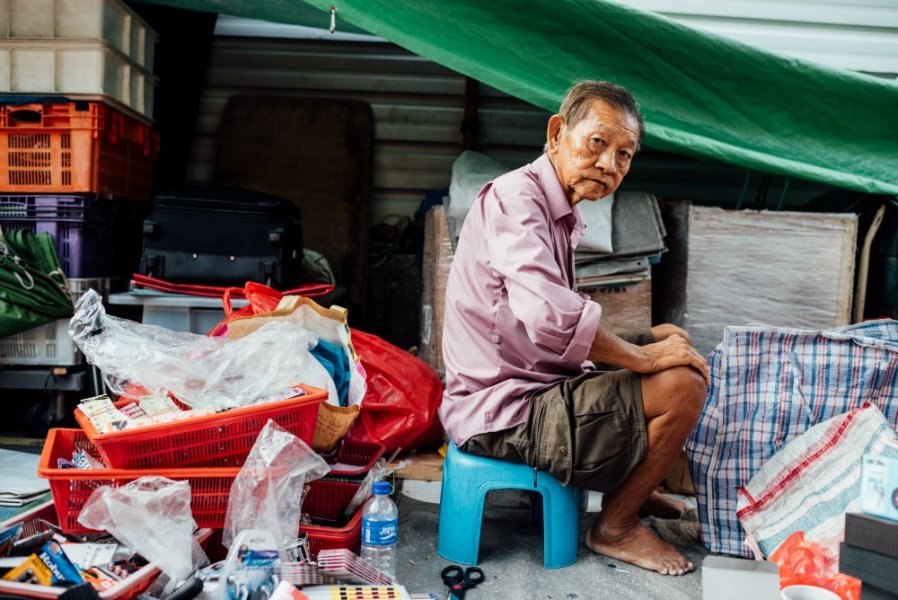
What drew you to photograph the vendors at Sungei Road?
Sungei Road has had a long history in the story of Singapore. Did you know it has existed since pre-war days? With the new MRT station opening soon, the landscape of the market will be dramatically changed even if it remains in operation. I wanted to capture some of the spirit of the place, in all its authenticity. It is in an occupied space recognized by the authorities simply because of the sheer period of time it has been there.
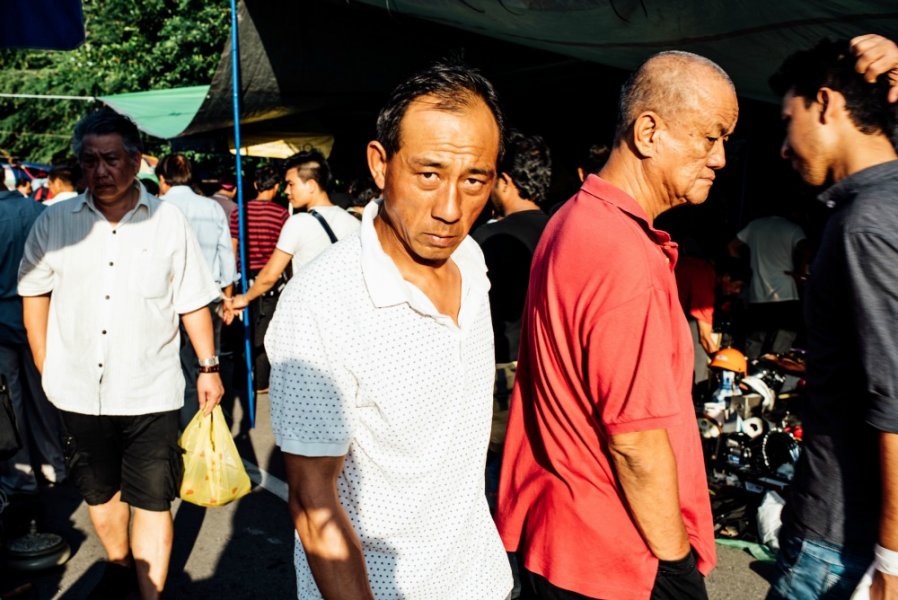
What’s special about it?
I have been to many flea markets outside of Singapore, particularly in Europe where bric-a-brac are aplenty, where stalls pop up on Sunday and its vendors are usually the same people who would own an antique shop in some part of town. The Sungei Road Thieves market are made out of people who only have these spaces as their sole livelihood. Particularly in such a modern, fast-paced society like Singapore, which has little room for nostalgia, Sungei Road has its own flavor, often a rough edge to it. The things on sale aren’t always pretty, but more practical. Once in a while if you’re lucky, you’ll find a rare gem.
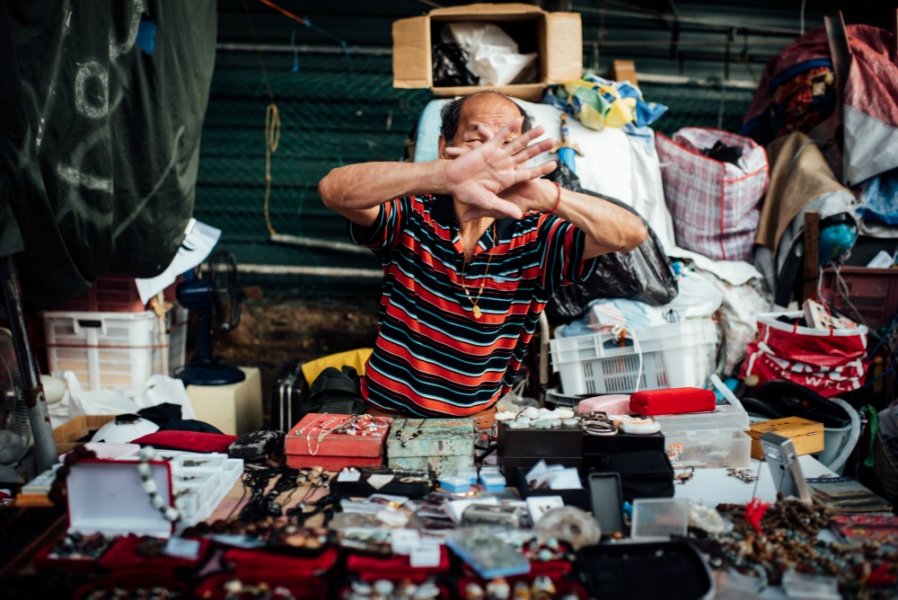
How do you decide who to shoot?
Not all the hawkers here are friendly. They have had bad encounters with people posting their images on the internet against their will. Some, they say, have given bad reviews about the place and they would rather not be featured. The golden rule at this place is to ask before taking a picture. Some decline to be photographed, but you know this is because they are shy and can be persuaded. Some decline for real reasons. For example, they do not want their friends and family to discover they are making a living peddling junk at the market. Their privacy has to be respected. Sometimes it’s simple eye-to-eye contact; if they know your intentions, they’ll simply nod and let you continue.
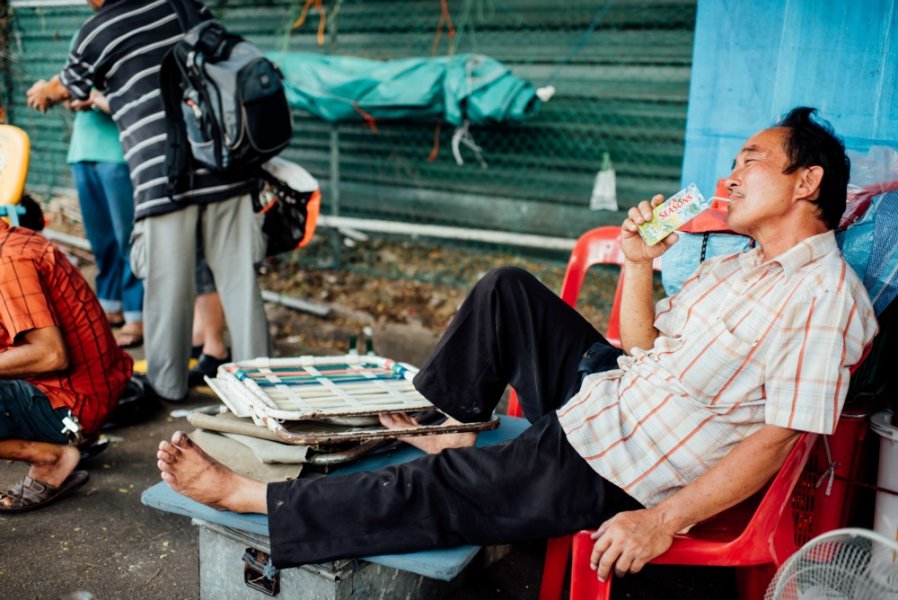
What’s your thought process when composing the image?
When I set on out this project, my goal was straightforward documentation. Then, I struggled a little with capturing the spirit of the place. When I encountered acts of love, such as an old lady vendor who wanted to give toys away for free to a child, I decided the theme should be about love and humanity. But it’s so hard to capture soft moments because of the harsh environment there. I try and fit things into the frame that would help portray the hawkers’ real hearts.
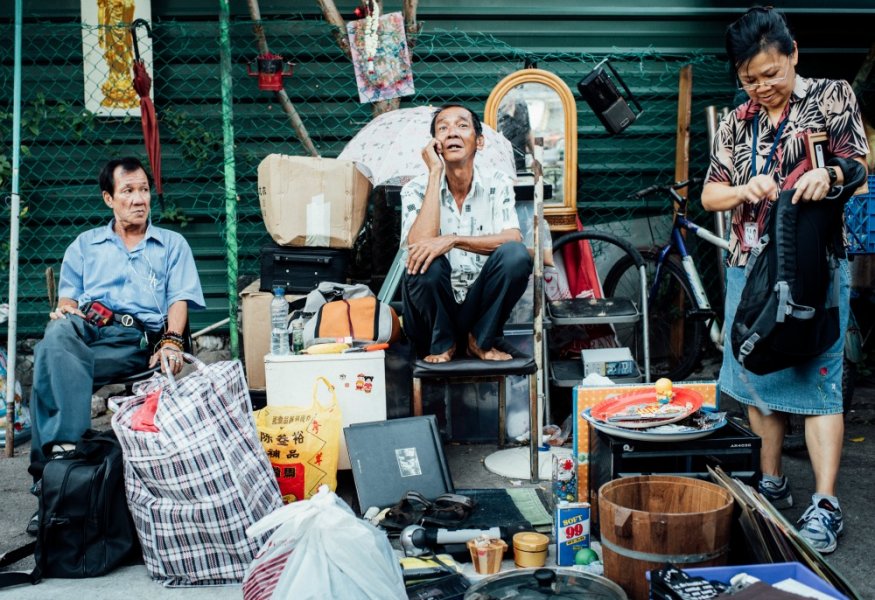
Do you talk to your subjects?
I speak to almost every one of them. If you take their picture, the common running joke is not to put their pictures online because they owe a loanshark money and they would then know where to find them. The sellers are generally friendly but to get to them you have to speak their lingo and go along with their brand of humor. They are acutely aware that when a customer looks at their phone, they’re really comparing prices on eBay. Or when someone pretends to be shopping, the person is actually trying to sneak a picture of them. Sellers tell me they have seen all sorts of tricks before; they just pretend not to notice.
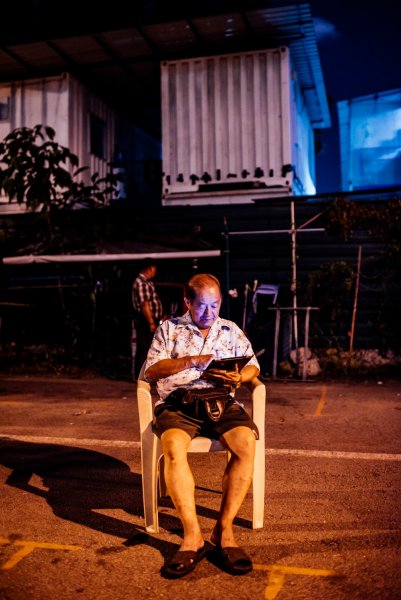
Any memorable personalities?
There’s an energetic Teochew lady who is 99 this year, “almost a centenarian,” she quips. She’s at the market everyday. There’s also a retired MRT tunnel engineer, which is pretty ironic, who sells bicycles sometimes. He cycles a return journey from his house in the East everyday to the market, as a form of exercise, and sells things to mingle with friends. He tells me his three children are graduates: one is a pilot, another has a PHD, and he used to earn up to $6,000 a month before his retirement. One man was a machine operator until his finger was accidentally chopped off during the 70s; he lost his job and began hawking at the market. There are also many mother-and-son, father-and-son pairs who set up stalls alongside each other at the market. If you frequent the place often enough, you will notice that some of the shoppers come on a daily basis, a lot of them are extremely eloquent in Mandarin. Some are authors and artists. Sungei Road, perhaps, is a place for romantics.
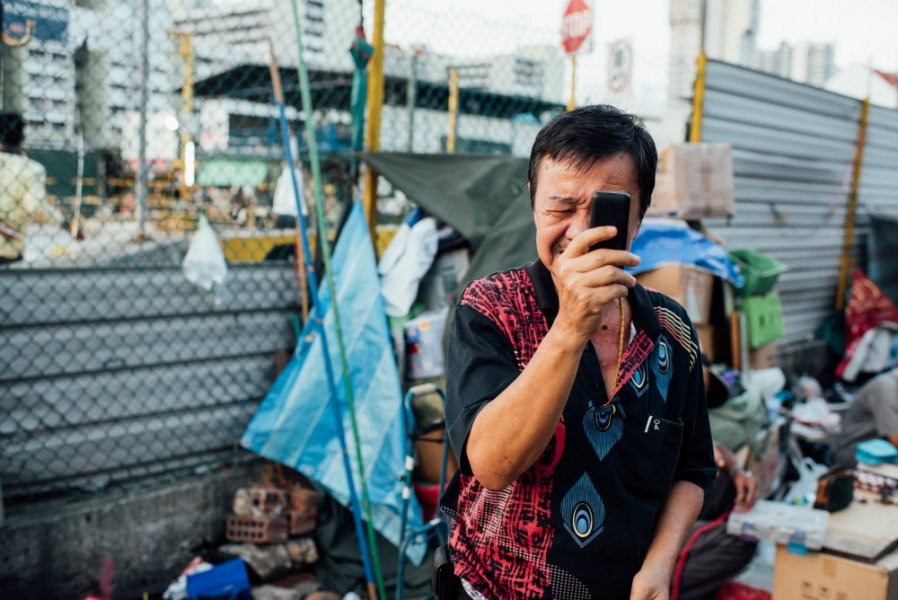
What’s the story behind your favorite image?
I often judge an image according to what it takes to get that image, and the experience I got from it. Take this picture [above], for example. I had asked the seller for a photograph but he insisted it was only fair if he took one of me too. He borrowed a handphone from the next stall and started imitating my moves as a photographer even though it was obvious he was not taking any pictures. What amused me most was that he was holding the phone screen to his eyes as if it were the viewfinder of an analog camera. Old habits die hard, I suppose. It was then that I realized how sellers could be irritated by the flood of photographers frequently at the market. But they also realize they are part of a disappearing culture and that documentation was their only recognition.
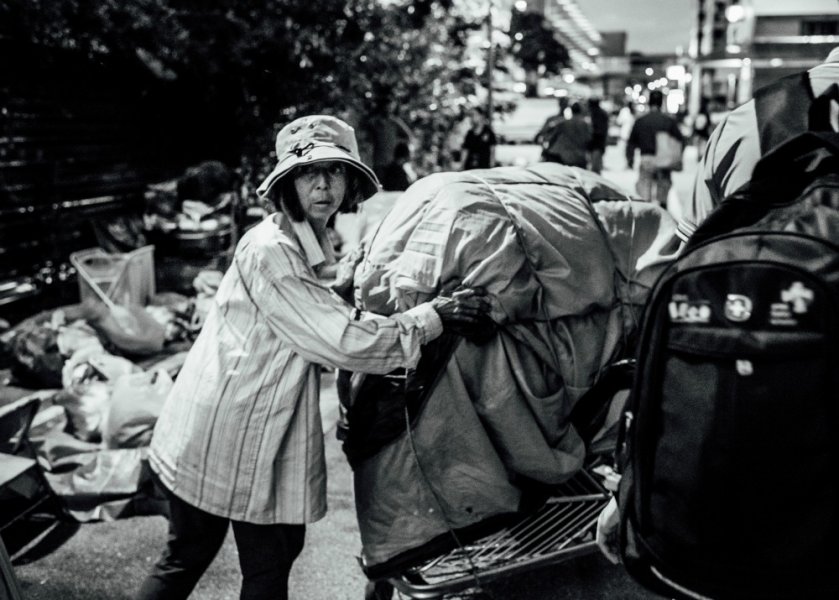
What is the thing you want your viewers to remember about this series or about the market?
It’s their generosity and kind spirit, the kampung spirit of Singapore—helping, joking and sometimes scolding or even cursing each other. At the end of the day you know their tongues are harder than their hearts. A few hawkers insisted on giving me items, because they say they wanted to. A vendor gave me a butterfly specimen in a rain-soaked frame. I had that re-worked and it now sits beautifully on my bookshelf as a momento, a rather emotional one for me. We also invited the hawkers to the opening launch of our show. A handful of them turned up, maybe six or eight people, including an old lady who refused to be photographed. Watching them linger outside, peering into the unfamiliar space, wondering if they should enter, and then eventually walking in, was such an unbelievable yet gratifying moment for me.
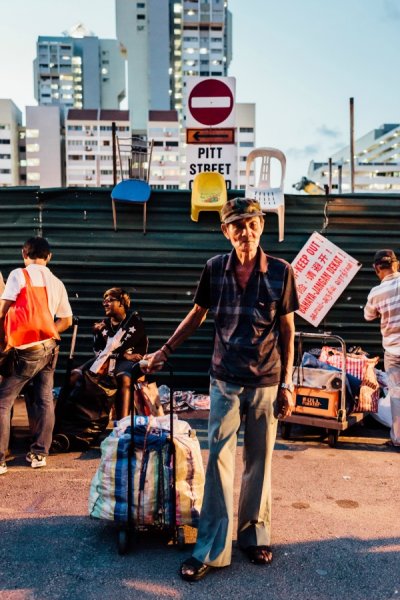
Does this market have any significance for you?
I first visited the market during my university days. Back then, I bought a few knick-knacks. But after this project, I find myself emotionally attached to the hawkers and the community.
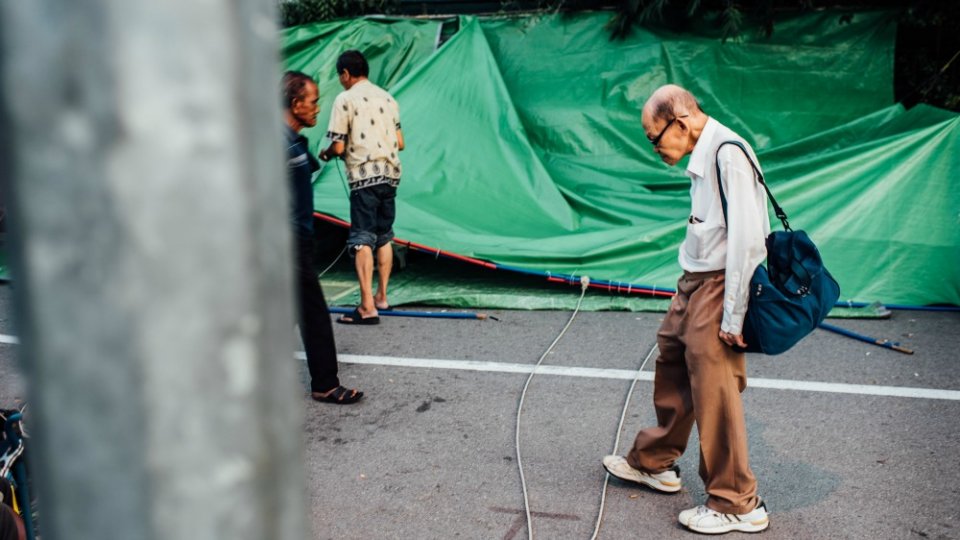
What do you think this series says about space constraints in Singapore?
I feel sorry there is so little space for oddity and differences in our multicultural Singapore. These vendors do not need a lot of space; they are reasonable, understanding people who would abide by the rules—such as packing up before 7pm and keeping the place clean. There are various alternative proposals for the relocation of the market to a nearby space, such as along the field at Kelantan Lane, or at Jalan Kubor. The only space we really need, is space in our minds to accommodate differences and sometimes allow spontaneity and randomness to thrive. We don’t build culture by deliberate construction. It accumulates when it has space to grow and develop over time.
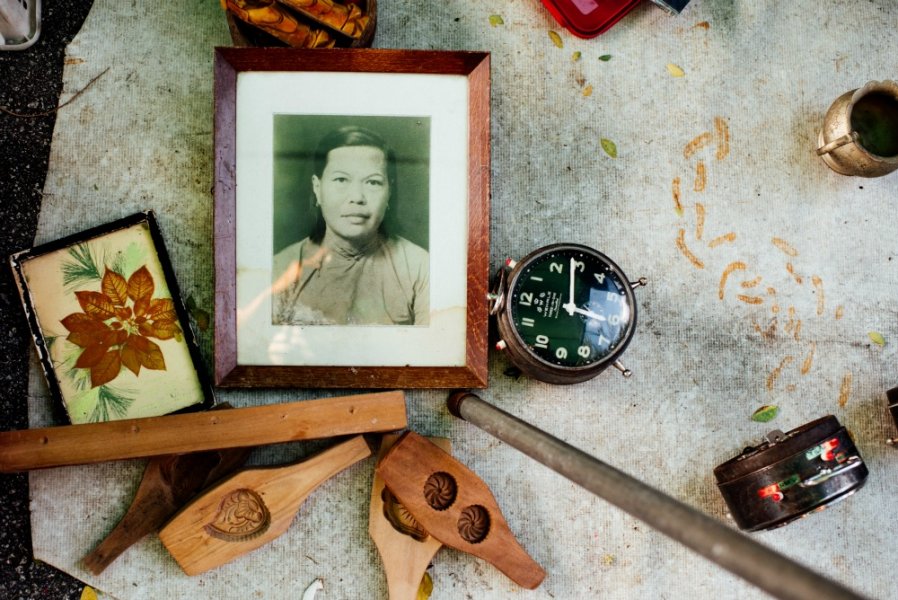
The full One By One Metre Space exhibition at the Flaneur Gallery from now till Feb 21.




